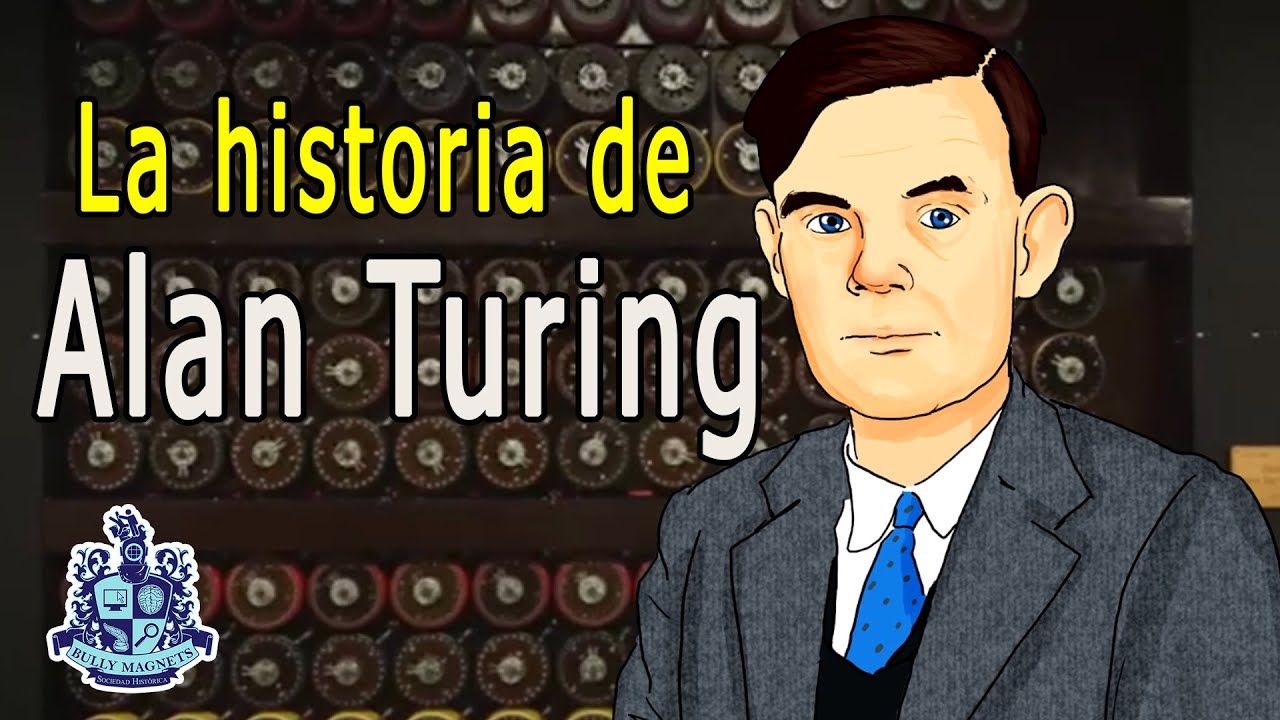HOW TRANSISTORS RUN CODE?
Summary
TLDRThis video, sponsored by Brilliant, explores the role of transistors in computing. It explains how transistors, acting as electronic switches, can be used to perform complex tasks like arithmetic and interpreting instructions. The video delves into the basics of transistors, their three terminals, and how they can be configured to create logic gates. It further discusses how these gates can be combined to form adders and other circuits, essential for computer operations. The script also touches on the importance of managing operation overflows and hints at the role of memory in future episodes.
Takeaways
- 😀 Transistors function as electronic switches, allowing electricity to flow when current is applied to the base terminal.
- 🔧 A single transistor can act as an insulator or a conductor, effectively acting as a switch controlled by electrical signals.
- 💡 By using transistors, simple gates like an inverter or NOT gate can be created, which is fundamental to digital logic.
- 🔗 Multiple transistors can be connected to form more complex logic gates, such as AND and OR gates, which are essential for computer operations.
- 🤖 Logic gates can be combined to create more complex circuits, like an XOR gate, which is significant in computer science.
- 🧠 The concept of abstraction allows us to represent complex circuits with simple symbols, making it easier to understand and work with.
- 🔢 Adders are circuits that can perform binary addition, which is crucial for arithmetic operations in computers.
- 🔄 Full adders are used for multi-digit binary addition, taking into account both the bits being added and the carry from previous additions.
- 🚀 Proper management of operation overflows is critical to avoid undefined behavior and potential system failures.
- 🛠️ Binary decoders enable selection among multiple options based on input, which is essential for interpreting different types of machine code instructions.
Q & A
What is the primary function of a transistor?
-A transistor functions as an electronic switch, allowing electricity to pass through when current is applied to one of its terminals.
What are the three terminals of a transistor?
-A transistor typically has three terminals: a collector, an emitter, and a base.
How can a transistor act as a switch in a circuit?
-A transistor can act as a switch by acting as an insulator when no current is applied to the base terminal, preventing electricity from flowing between the collector and emitter. When a small current is applied to the base, it acts as a conductor, allowing electricity to flow.
What is a simple gate in the context of transistor circuits?
-A simple gate is a basic circuit configuration using a transistor where the input is applied to the base terminal and the output is represented by the state of an LED, which can be on or off.
How does an inverter or NOT gate function with a transistor?
-An inverter or NOT gate is a transistor circuit where the LED is on when the input is zero, and the LED turns off, indicating an output of zero, when the input is set to one.
What is an AND gate in digital logic and how can it be created with transistors?
-An AND gate is a digital logic gate that outputs a one if and only if all its inputs are one. It can be created with transistors by connecting them in series, where both inputs must be one for the output to be one.
How does an OR gate differ from an AND gate in terms of transistor configuration?
-An OR gate can be created with transistors connected in parallel, where the output is one if at least one of the transistors acts as a conductor, which can happen if either or both inputs are one.
What is the purpose of a binary decoder in a computer circuit?
-A binary decoder is a circuit that receives a binary number as input and activates a specific output corresponding to the binary number, while deactivating all other outputs.
How does a full adder circuit differ from a half adder?
-A full adder circuit can handle two bits being added and also take into account the carry from a previous addition, unlike a half adder which only accepts two inputs and does not account for a carry.
What is the role of an arithmetic logic unit (ALU) in a CPU?
-An arithmetic logic unit (ALU) in a CPU takes input values and an operation code (OP code) that specifies the arithmetic operation to be performed. It then produces the result of the operation along with additional information such as the sign or overflow status.
Why is managing operation overflows important in computer operations?
-Managing operation overflows is crucial because neglecting them can lead to undefined behavior and potentially severe consequences, such as system crashes or incorrect data processing.
Outlines

Этот раздел доступен только подписчикам платных тарифов. Пожалуйста, перейдите на платный тариф для доступа.
Перейти на платный тарифMindmap

Этот раздел доступен только подписчикам платных тарифов. Пожалуйста, перейдите на платный тариф для доступа.
Перейти на платный тарифKeywords

Этот раздел доступен только подписчикам платных тарифов. Пожалуйста, перейдите на платный тариф для доступа.
Перейти на платный тарифHighlights

Этот раздел доступен только подписчикам платных тарифов. Пожалуйста, перейдите на платный тариф для доступа.
Перейти на платный тарифTranscripts

Этот раздел доступен только подписчикам платных тарифов. Пожалуйста, перейдите на платный тариф для доступа.
Перейти на платный тарифПосмотреть больше похожих видео

Transistor hoạt động như thế nào? | Transistor là gì? | Bóng bán dẫn là gì? | Tri thức nhân loại

A PEÇA que ENCOLHEU o COMPUTADOR! #SagaDosComputadores Ep. 5

Bagaimana Komponen pada Komputer Bekerja? 🖥 Mari Bongkar Semua Hardware pada PC

Transistors - The Invention That Changed The World

Von Neumann Architecture - Computerphile

Alan Turing, la máquina enigma y la inteligencia artificial 🏳️🌈🤓🤖 Bully Magnets Historia Documental
5.0 / 5 (0 votes)
